Ruth Baldry a social documentary photographer currently based in Bristol, UK. She finds herself particularly interested in social groups that are new or unfamiliar. Baldry’s aim is often to give a voice to the subjects that she photographs. It’s her curiosity for people and their stories that drives her subject matter. Having recently graduated from UWE in Bristol, Baldry is living in the city as a freelance photographer.

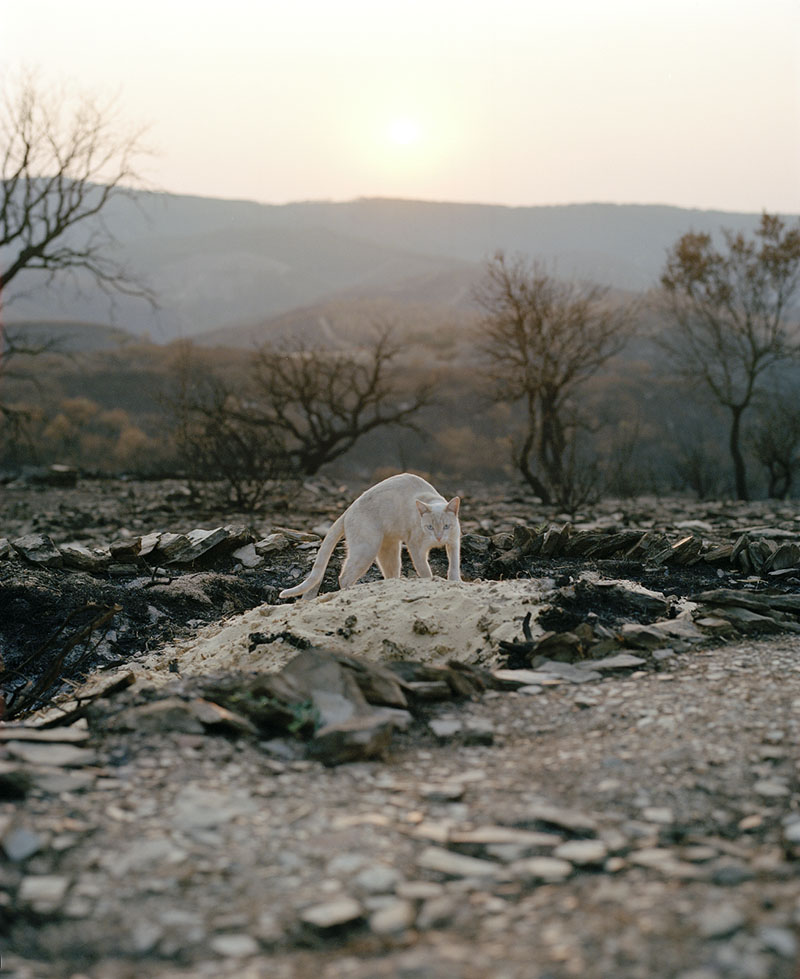

Tribodar
‘Tribodar’ evolved from a previous project which focused on members within a circus group in Bristol. The performers mostly lived in alternative homes where they were trying to lead honest and sustainable lives. As the project unfolded, I became increasingly interested in this idea of self-sufficiency. After being awarded the Peter Adams Travel Bursary, I spent a month in the Alentejo region of Portugal where I lived in a small eco-community. In these few weeks, I resided in a small van and worked in the small forest each morning. We would make these boastful lunches with fresh vegetables that we’d picked earlier in the day and find shady spots in the afternoon to hide from the fierce sunlight. When I wasn’t working, we’d cycle our bikes to nearby town Nisa, where I met and photographed the small population. Portugal is still in a state of recovery from the dictatorship which spanned for almost 50 years – over the weeks, I’d build relationships with the locals and gain a better understanding of this less known region of Portugal. I was interested in documenting the differences between those I met in eco-community ‘Tribodar’ and Nisa. Moabi was one of the founders of ‘Tribodar’, she was mother of 6-year old Manu Inca but also mother to us all. She was gentle and ambitious, with hopes to turn the community into a centre for homeschooling (something which was unfamiliar to most in Portugal) I was witnessing the very first formations of this learning centre during my time there. When I visited in September, a lot of the land in Altentejo had faced severe forest fires. I encountered (and became close with) several people who’s land had perished due to their neighbours negligence. Those that had moved to the area for a simpler life were suddenly faced with something that could threaten all of their hard work. The photographs are of those I met in those few weeks – some I met briefly and some I came to know very well. It became more a documentation of those I encountered rather that sustainable living aspect that had originally enticed me.
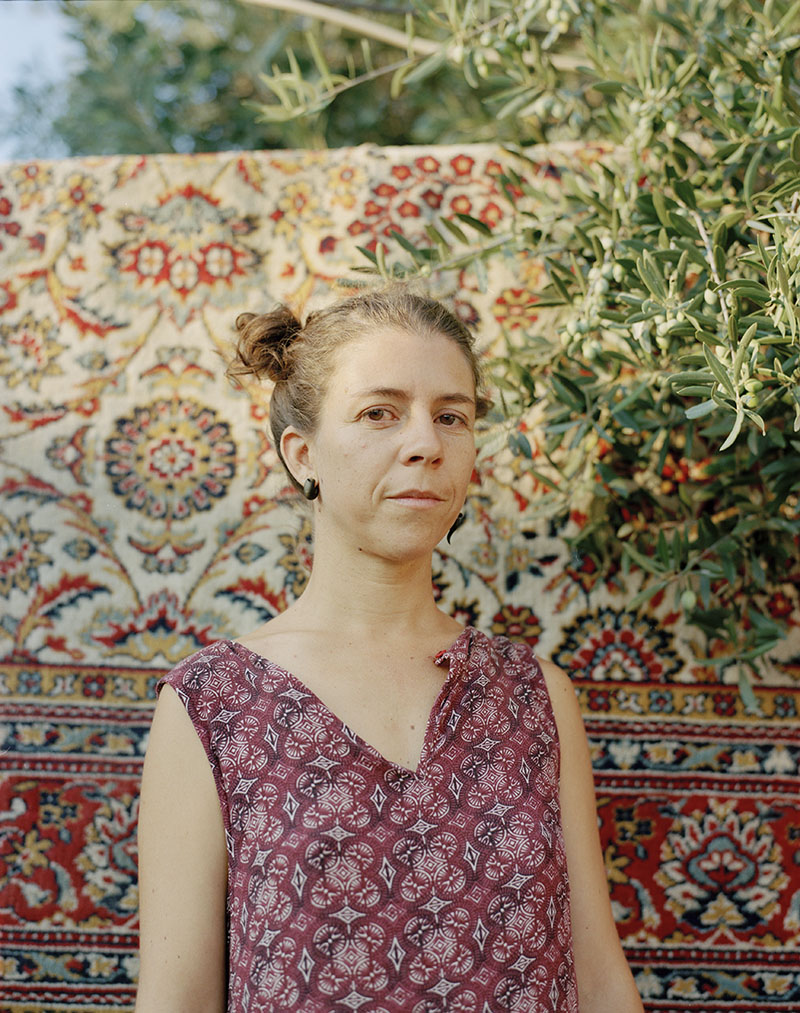
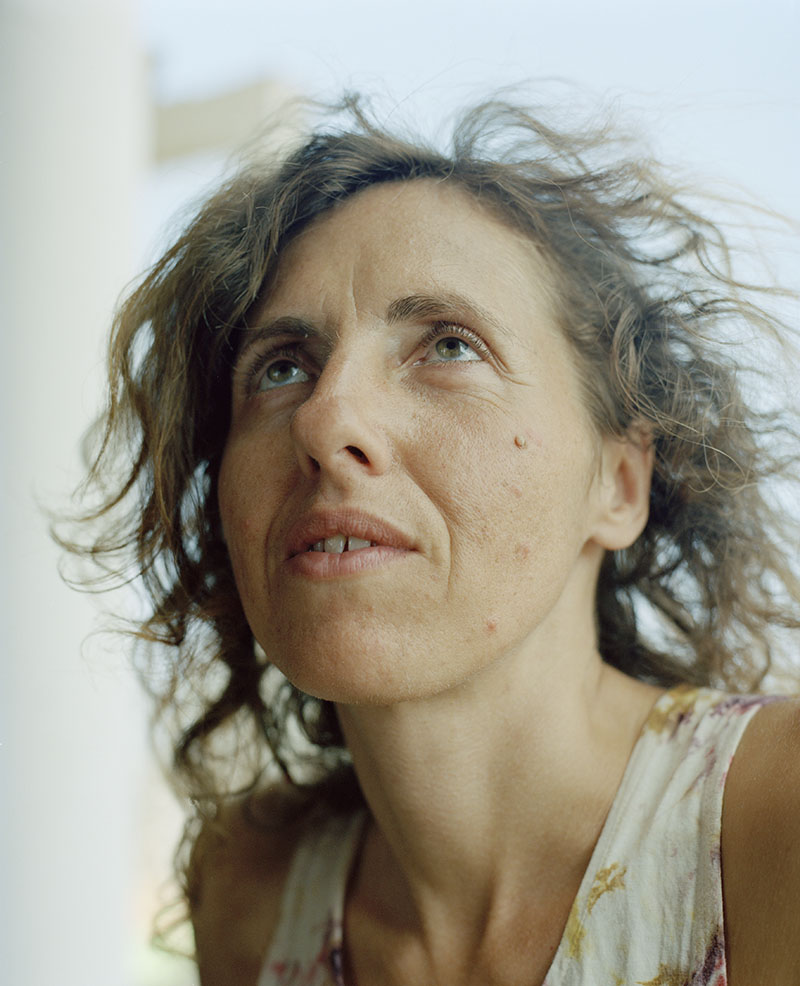
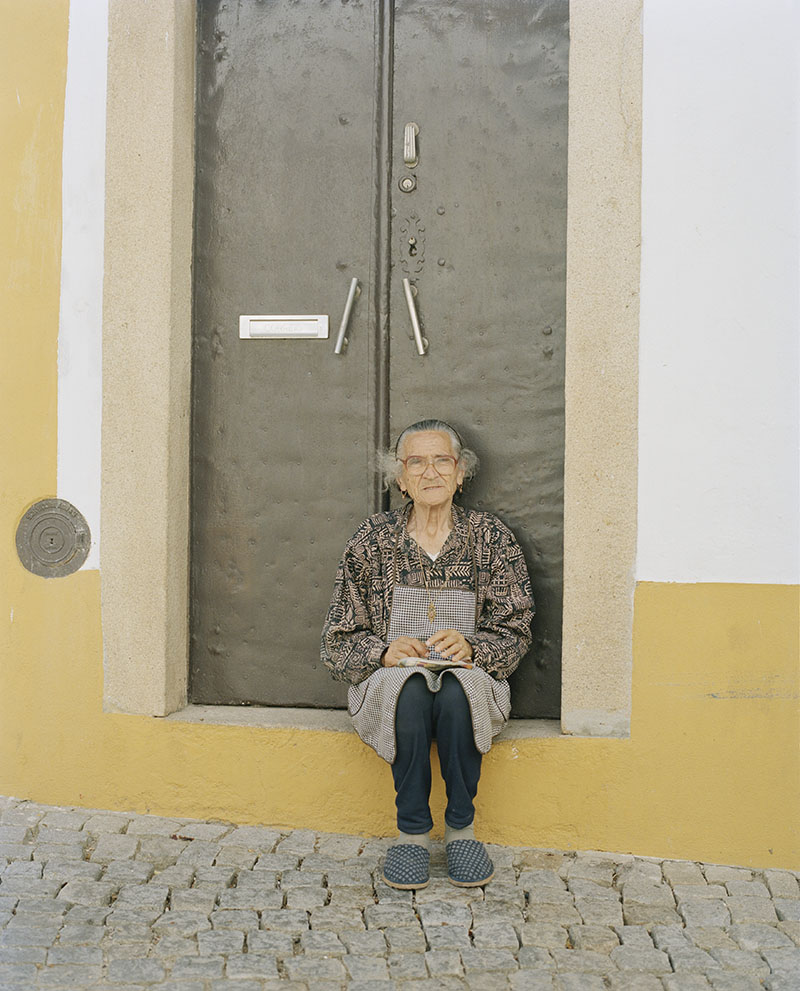
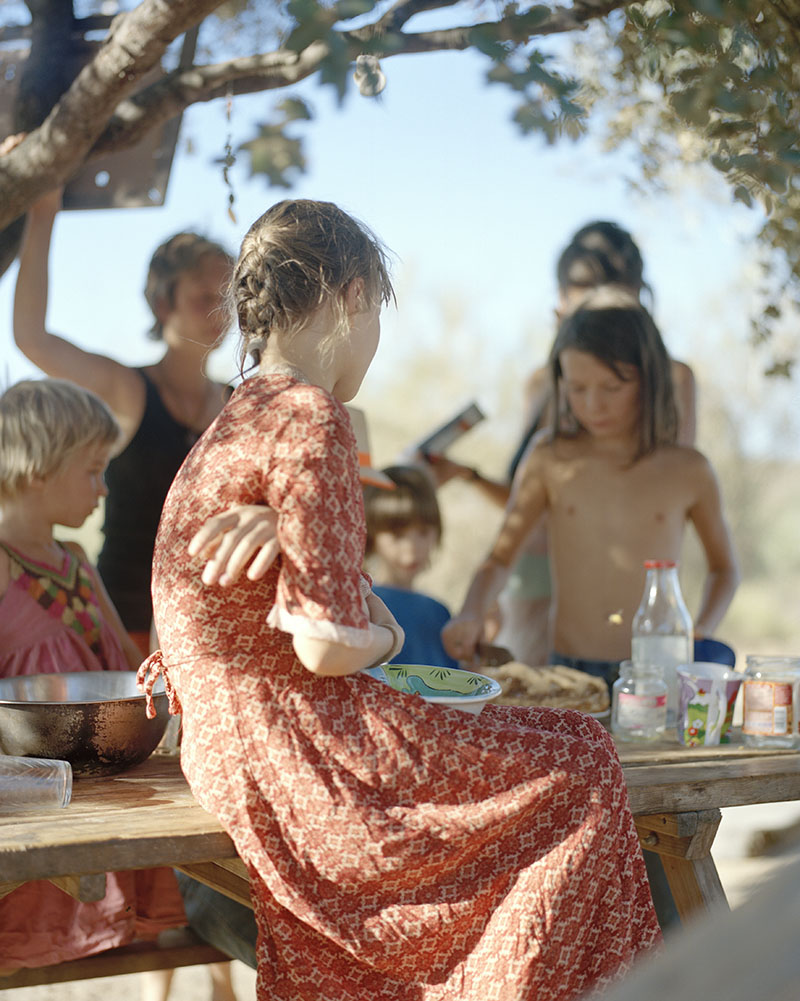

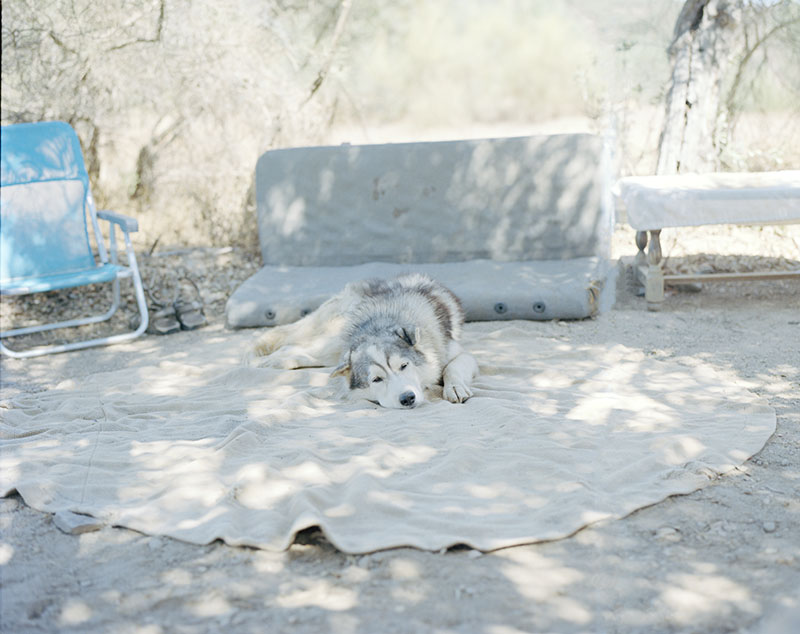

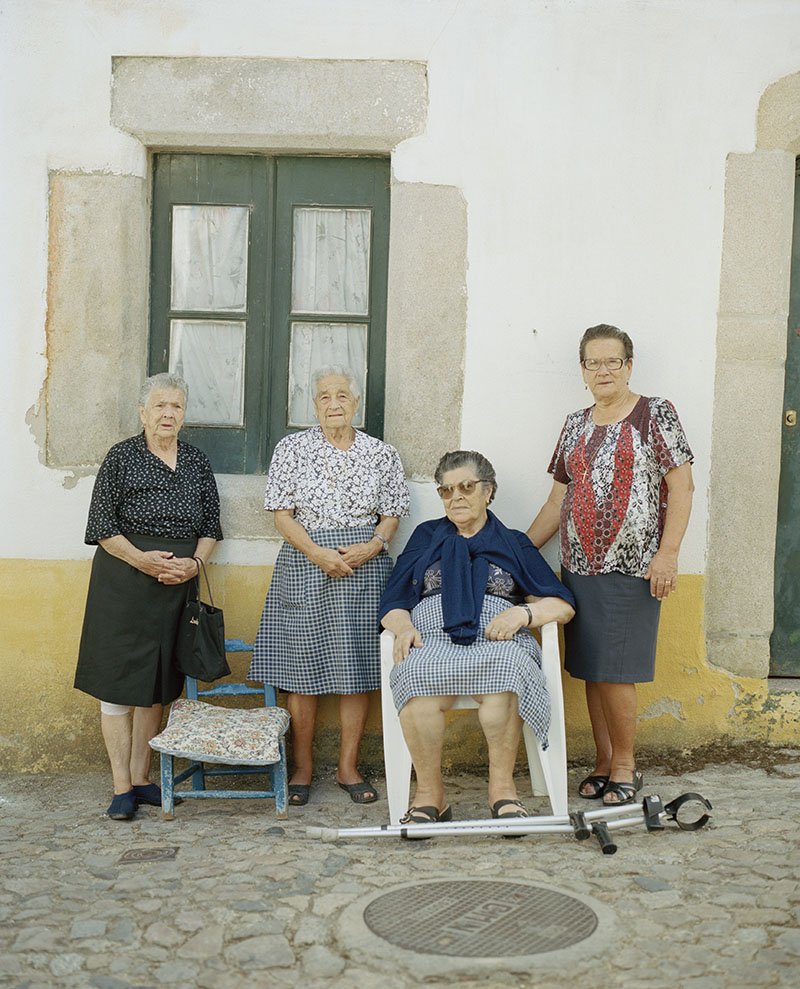
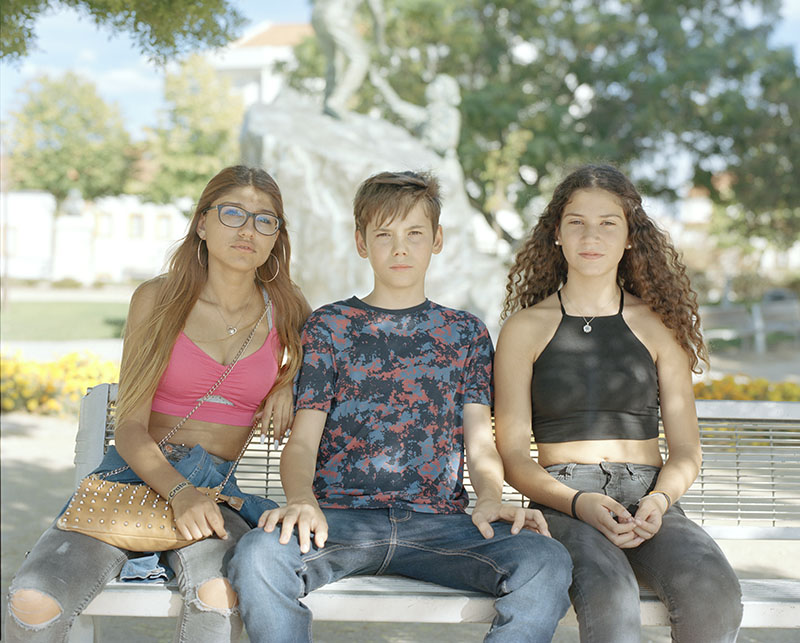
To view more of Ruth’s work please visit her website.